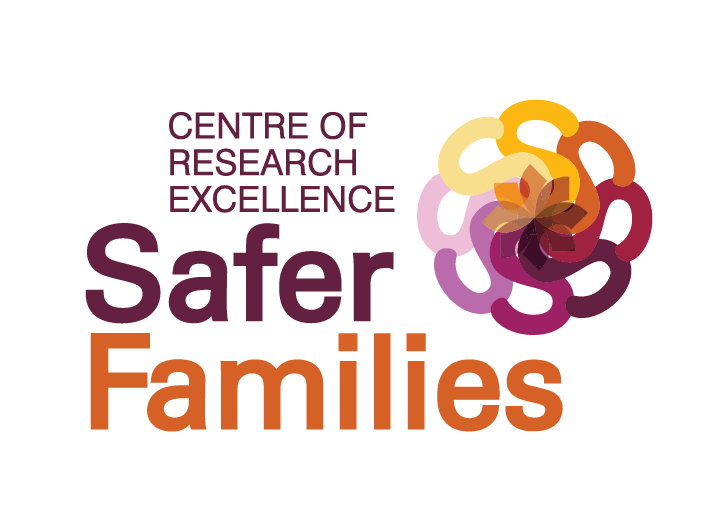Background
Definitional issues
There are still key areas of debate within the literature about how domestic violence is defined. Inconsistent definitions of domestic or intimate partner violence and abuse in research and practice have resulted in varying information about its prevalence and associations. Some of the issues that need to be considered include: “which relations should be included as domestic or intimate?” and “how should violence or abuse be defined?”
What is intimate partner abuse?
Domestic violence is sometimes used to refer to violence and abuse that occurs in any relationship within households. An alternative term, family violence also refers to violence occurring between family members. However, domestic violence is mainly used to refer to violence and abuse between partners.
Intimate Partner Violence and Abuse is any behavior within an intimate relationship that causes physical, psychological or sexual harm to those in the relationship, includes: physical aggression, psychological abuse, forced intercourse & other forms of sexual coercion, various controlling behaviors (World Health Organization)
The CAS attempts to measure aspects of what is now known as coercive control.
Coercive control by partners is defined as ‘an ongoing pattern of domination by which partners interweave repeated physical and sexual violence with intimidation, sexual degradation, isolation and control. The primary outcome is a condition of entrapment that can be hostage-like in the harms it inflicts on dignity, liberty, autonomy and personhood as well as to physical and psychological integrity.
From a health perspective, intimate partner abuse can be best understood as this chronic syndrome that is characterised not by the episodes of physical violence that punctuate the problem but by the emotional and psychological abuse that the perpetrator uses to maintain control over his partner. Furthermore, as most survivors of partner abuse report, the physical violence is the least damaging abuse she suffers: it is the relentless psychological abuse that cripples and isolates the woman. Thus the term “violence” is too limiting, instead the term “abuse” is preferable because it is inclusive of the varying actions that perpetrators use to control their partners. Alexander suggests a comprehensive definition that takes into account the varying types of abuse (emotional, physical and sexual), severity and frequency of the abuse, and the intention and meaning of the abuse.

